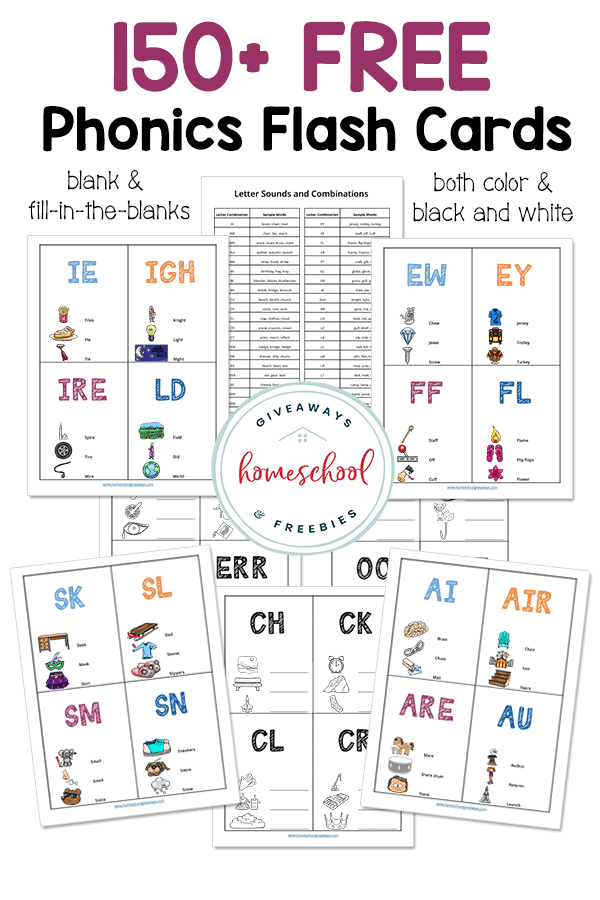Summer Foraging Journal – Free for a Limited Time
Published:
June 13, 2020
Contributor:
Sarita Harbour
Disclosure: This post may contain affiliate links, meaning if you decide to make a purchase via my links, I may earn a commission at no additional cost to you. See my disclosure for more info.
Are you homeschooling this summer? We take our homeschool lessons outdoors to enjoy the warm weather and learn about our environment. That’s why I created this floral summer foraging journal. It gives my kids a place to makes notes and sketches of the wild greens, herbs and flowers we find growing wild in our area.
Why We Journal To Record Outdoor Adventures
As a homesteading and homeschooling family living in the wilderness of Canada’s subarctic, our winters are long, dark, and cold. Although we enjoy the Northern Lights and winter outdoor activities, when the temperatures plummet to -40 below we stick to our indoor lessons!
So during the summer, we enjoy lots of outdoor family time together. With 20+ hours of daylight, there are many things to do, including wildcrafting, foraging, and forest schooling.
Keeping a summer foraging journal helps my children record the activities they do as part of our summer homeschool schedule. They often review them during the dark winter days. And they see the progress they’ve made with their Language Arts skills. Other journals we use include
Journaling gives children the opportunity to practice printing or handwriting, grammar, spelling, and sentence structure. The guided prompts keep them on topic. Yet they also get to express their thoughts in their own words and include sketches or diagrams too.
How to Use This Summer Foraging Journal
Although you can forage all year long, I suggest you try it during the warm summer months when wild greens are growing well. Simply head out and gather wild fruits and berries, flowers, herbs, and greens growing in your area. Then use this foraging journal with your children to make notes and sketches on your foraging outings.
Here’s how I use the journal with my two youngest children (now 10 and almost-seven.)
Usually, we’ll head out to forage in the morning. We often gather dandelions, chamomile, and rosehips to use in wildcrafting, teas, and salads.
If we see a wild plant we don’t recognize it, I take a picture with my phone. Depending on the temperature (and the mosquito activity) we’ll spend 30 minutes to an hour outdoors. Then we head home for lunch.
After our meal, I’ll bring out the foraging journals. The girls listen to audiobooks as they write and sketch. Then they share what they wrote. And we review the pictures on my phone. We use my Boreal Herbal book and try to identify any new greens or flowers.
Foraging Safety
Please remind your children not to eat anything they’ve foraged without checking with you first. And be careful not to gather wild plants, flowers, or fruit from private properties, protected areas, or areas with high pollution, such as near freeways or industrial areas.
Ready to learn more about foraging with kids?









